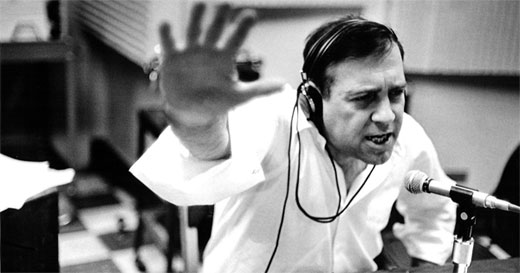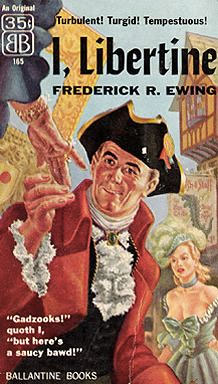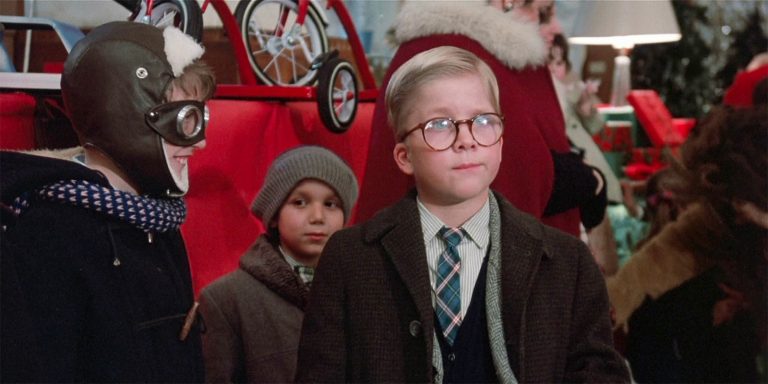The story of how Jean Shepherd exposed the ridiculousness of the NYT Best Sellers list through a perfectly executed hoax.
And now, a random literary anecdote that should (1) make you like the guy behind A Christmas Story a little more and (2) make you like the New York Times a little less. So, basically, it’s an anecdote about fish in a barrel.

Long before Jean Shepherd wrote the book that became a A Christmas Story, he was a talk radio host. And even though it was the 1950s, I’m sure that still involved bemoaning Obama. Jean grew up in the Midwest but was a radio host in New York, and apparently, he really disliked the NYT‘s top 10 lists. (After all, as I’ve been saying on this site since the day it started, top 10 lists are for cowards.)
He especially disliked their Best Sellers list, because he never understood the criteria for why a book did or didn’t make the list. When he went digging, he found one of the main factors was how many people were requesting the book or asking questions about it at bookstores. And he immediately recognized that was an opportunity for the publishing industry to game the system; if a book wasn’t selling, they could dispatch people to ask a bunch of questions about it and help move it onto the list.
So he decided to expose the futility of that metric by enlisting his listeners to help him get a fake book onto the NYT Best Sellers List.
He picked the title I, Libertine and credited it to a made-up ex-British military officer named Frederick R. Ewing.
Then, in April of 1956, hundreds of people started going into bookstores and requesting I, Libertine. Even though Jean was openly talking about the plan on the radio, neither the bookstores nor the NYT caught on.
And in June of 1956, I, Libertine made the New York Times Best Sellers List.
In August, the hoax was exposed when Jean told a friend at the Wall Street Journal he could write about it, and the story made the front page. (Which was a big deal in 1956.) But that wasn’t the end of the saga; it was when Jean escalated by working with a novelist named Theodore Sturgeon to actually create the book.

They pumped out I, Libertine quickly — featuring a quote on the cover that said, “Gadzooks, quoth I, but here’s a saucy bawd” — and it made the NYT Best Sellers list again in September. But this time, it got there with sales.
I, Libertine is still on sale today. And 10 years after the hoax, Jean would publish his semi-autobiographical novel In God We Trust: All Others Pay Cash, which was adapted into A Christmas Story in 1983.
The New York Times eventually changed the criteria for the Best Sellers list; now it’s based on sales data from a sample of bookstores and wholesalers. Which still isn’t a perfect method by any means, of course — it’s so easy to manipulate that back when my book came out, a shady service even reached out to me about helping to game the system. I can only imagine how many authors take them up on the deal to try to manipulate the list.
But I turned them down. Because it was unethical and it would’ve cost at least five figures (plus the cost of books), in no particular order. Plus, I really wanted to stand on my own merits and not just become a literary prostitute.
After all, I’m a lot of things, but not a saucy bawd.
Sources: (The Awl / J. Mark Powell / Museum of Hoaxes)
